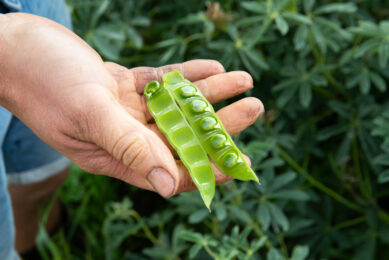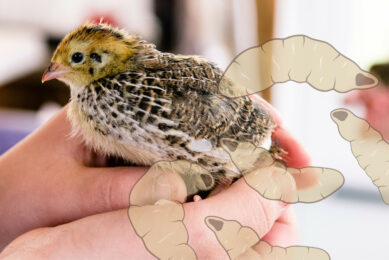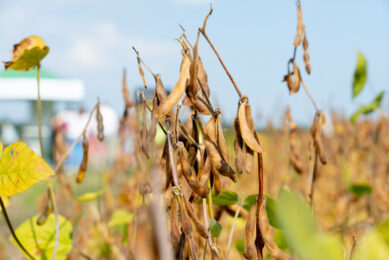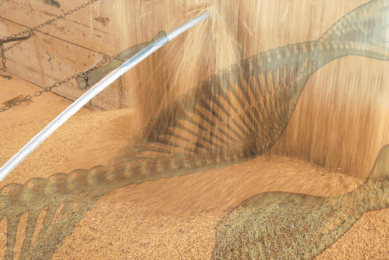Novel protein sources for sustainable egg production
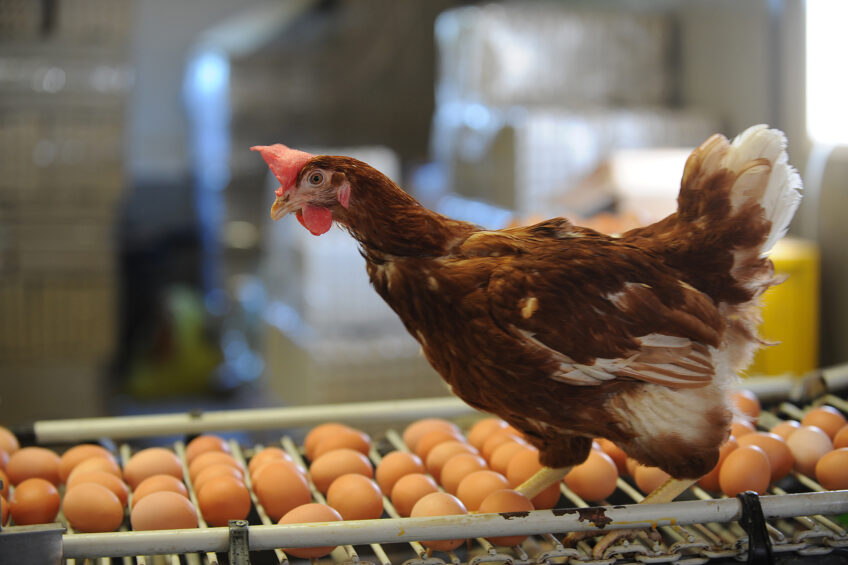
Developments in novel protein sources such as insect protein and single cell proteins have the most potential for reducing the egg sector’s carbon footprint.
That was the core finding of Nuffield Farm scholar Alistair McBain, whose scholarship assessed the carbon footprint of different alternative proteins to assess their suitability to drive egg production towards net zero carbon emissions.
Global research informs findings
McBain, who visited farms in Canada, United States, Argentina, United Kingdom, Sweden, Holland and Germany, as part of his scholarship, said soya in laying hens continued to account for around 60% of the total carbon footprint (CFP) of an egg, so reducing it from diets would have a significant effect on reducing carbon emissions.
Range of proteins reviewed
The scholar reviewed a range of alternative protein sources, including grain legumes, industry by-products, insect protein and single cell proteins, to determine the most suitable source of protein.
Focus on faba beans
Grain legumes, particularly faba beans, are of particular interest in the UK as a home-grown source of protein. Recent advancement in plant breeding are bringing varieties that are low in vicine but there is work to do to convince the market as anti-nutritional compounds have in the past limited the use of faba beans in layers due to effects on performance and mortality.
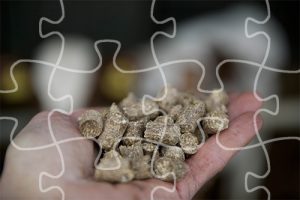
Investment in breeding needed
Further investment is needed, he said to breed varieties with increased protein yields, disease resistance and early maturity to increase the area produced in the UK and Europe.
Industry by-products in spotlight
McBain, who works on a large arable and egg enterprise in North East Scotland, said the use of industry by-products in laying diets is an important part of the circular economy. A key interest is the development of technology to further process DDGS from bioethanol production to increase protein content.
Animal protein regulations shifting
Processed animal protein can provide a valuable source of protein and are used widely in the US. Regulation changes in Europe have allowed their use since 2021, and the UK is expected to follow later this year.
Challenge of by-product variability
However, one of the main problems with the use of by-products is their variability in nutritional value. Constant monitoring is required to correctly formulate diets to meet the nutritional requirements of laying hens, he added.
Insects and microbes hold promise
The continued development of novel protein sources such as insect protein fed on low grade food waste, and single cell proteins grown on captured CO2 from industrial processes have great potential in providing protein sources with a negative carbon footprint – vital for offsetting unavoidable emissions on the road to net zero.
Tech scaling on the horizon
Both sectors are working on scaling their technologies with insect protein expected to be economically viable for livestock feed within 5 to 8 years.
No single protein solution
However, none of the protein sources studied by McBain are considered a complete replacement for soya, he stressed: “A combination of alternative protein sources is required to significantly reduce or replace soya completely, resulting in an increase in the cost of the diet.
Support needed for transition
“Support is required to cover the cost of using alternative protein either through investment in finding solutions to reduce the cost of production of the alternatives – ie plant breeding or scaling insect protein production, or increasing the price paid to egg producers, potentially through differentiated egg brands,” he concluded.




